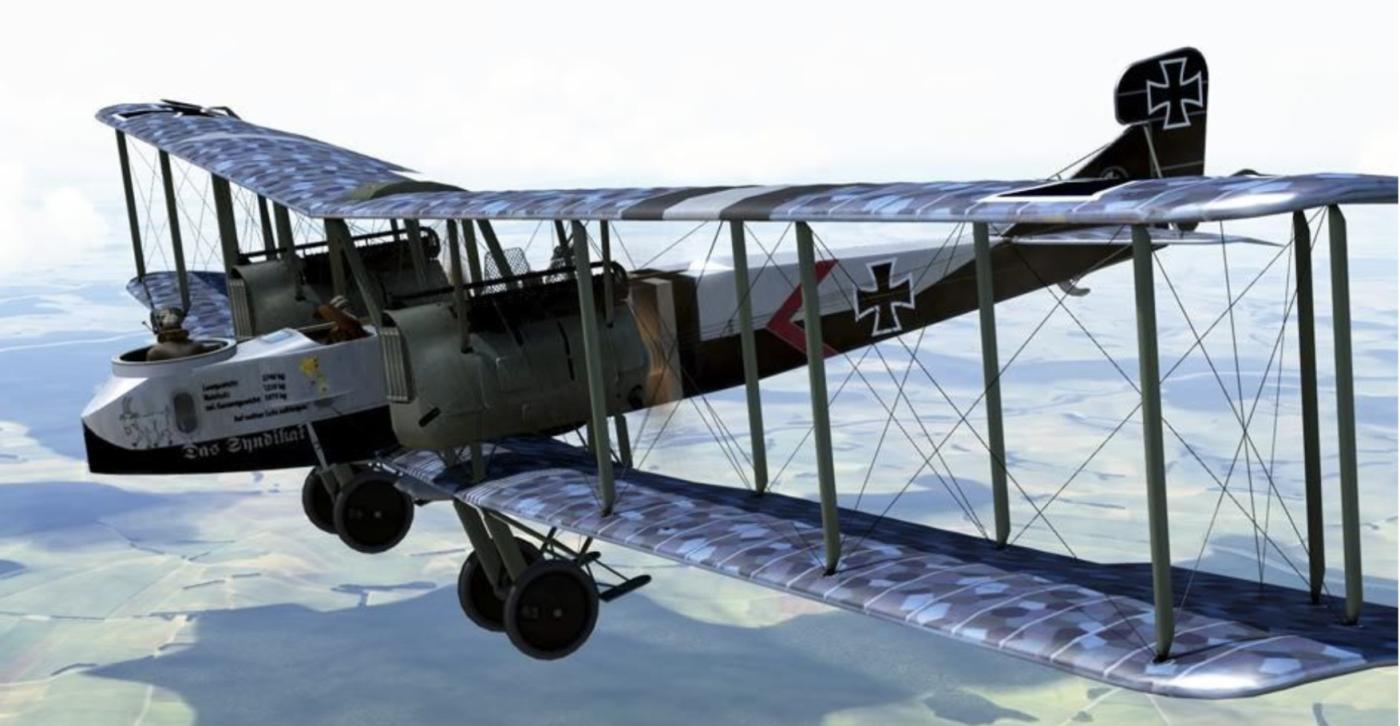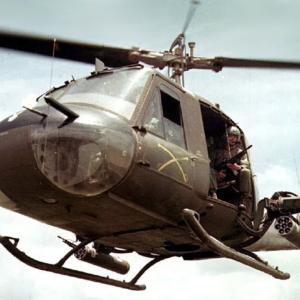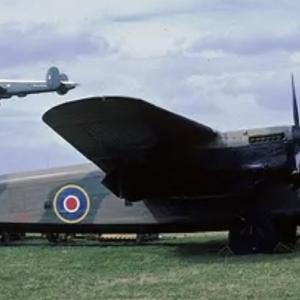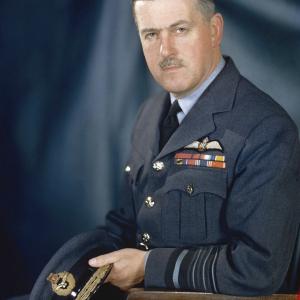
German Gotha Bomber planes
The Gotha bomber was a series of heavy bombers developed and deployed by the German Empire during World War I for long-range bombing missions, especially targeting the United Kingdom. The most recognized model in the series is the Gotha G.IV, which became operational in 1917 and played a leading role in Germany’s aerial campaign against Britain. The bomber was designed by Hans Burkhard, an engineer at Gothaer Waggonfabrik AG, who focused on creating a stable, twin-engine aircraft capable of carrying substantial bomb loads over long distances. The aircraft was built by Gothaer Waggonfabrik AG, originally a railway car manufacturer that expanded into aviation production during the war. The company was based in Gotha, a city in the Thuringia region of Germany.
The Gotha G.IV was introduced in March 1917 and featured a twin-engine pusher configuration using two Mercedes D.IVa 6-cylinder inline engines, each producing around 260 horsepower. The aircraft had a maximum speed of approximately 87 mph (140 km/h), a service ceiling of around 6,500 feet (2,000 meters), and a maximum range of about 500 miles (800 kilometers). It had a wingspan of 77 feet (23.7 meters) and a length of 41 feet (12.5 meters). The Gotha bomber carried a typical bomb load of up to 500 kilograms (1,100 pounds), with configurations often including 10 kg, 50 kg, and 100 kg bombs. Common bombs used included the PuW 10 kg, 50 kg, and 100 kg high-explosive types, designed for use against both military and civilian targets. The bombs were housed in an internal bomb bay or mounted under the wings depending on model and mission requirements.
The aircraft was equipped with defensive armament including up to three 7.92 mm Parabellum MG14 machine guns, located in the forward cockpit, dorsal position, and a ventral "gun tunnel" that allowed downward fire to protect against attacks from below. These defensive positions were a critical design innovation for the time. Roughly 230 units of the G.IV were built, followed by the improved Gotha G.V, which entered service later in 1917 with over 200 units produced. The G.V moved fuel tanks closer to the center of gravity for better safety and slightly improved range and handling. In total, around 730 Gotha bombers across models G.I through G.VII were produced during the war, although not all saw front-line use.
The Gotha bombers spearheaded the first sustained strategic bombing campaign in history, known as the "Gotha Raids," which began in May 1917. These raids marked a shift from military to civilian targets and included the first daylight bombing of London on June 13, 1917, resulting in 162 deaths and over 400 injuries. The raids created widespread fear and demanded significant reallocation of British military resources to homeland defense. Early British defenses struggled to counter the high-flying, well-armed bombers, though by late 1917 improved aircraft and anti-aircraft systems forced the Gothas to switch to night raids.
Gotha bombers typically flew in formations for mutual defense, taking advantage of overlapping fields of fire from multiple aircraft. Their bomb loads were used against docks, factories, railways, and civilian housing in London and southeast England. As the war progressed, British countermeasures became increasingly effective, and losses among bomber crews mounted. The limitations of the aircraft, including vulnerability to newer fighters and the physical stress on wooden structures from long flights, became more apparent.
Production ended after the war due to the Treaty of Versailles, which banned Germany from manufacturing military aircraft. The Gotha bombers, despite their eventual decline in effectiveness, had a lasting impact on the development of aerial warfare. They demonstrated the psychological and strategic power of long-range bombing and influenced postwar air doctrine in multiple countries. The fear they instilled and the damage they inflicted foreshadowed the much larger strategic bombing campaigns of World War II.










